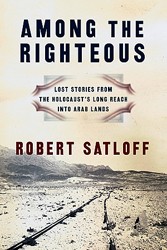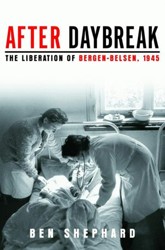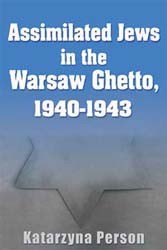This riveting account of the Nazi plot to flood Great Britain with counterfeit pounds in order to disrupt the country’s wartime economy reads like a novel, but is, in fact, an almost neglected aspect of World War II history. Malkin, a journalist, has painstakingly traced the main characters and the decision-making process that led the cash-poor Nazi government to turn to the production of counterfeit money to supplement its war against the Allies.
Under the direction of Heinrich Himmler and Reinhard Heydrich, the SS selected Bernhard Krueger, a textile engineer by training and SS forger by assignment, as chief of the operation that bore his name, “Operation Bernhard.” From the autumn of 1942 to the autumn of 1944, Krueger assembled a crew of just over 140 mainly Jewish concentration camp prisoners from fifteen nations, representing fifty-five trades or professions. The group included Jewish prisoners from Auschwitz who were selected by Krueger, and then moved to the Sachsenhausen concentration camp located outside of Berlin. Although not technically an extermination camp, 18,000 Russian prisoners were executed in Sachsenhausenen in 1941. It was in Blocks 19 and 20 of the camp that the prisoners not only produced the counterfeit pounds, but also forged passports and identification documents. In addition, visas, date markings, and rubber stamps were produced from stolen banks and government offices from scores of countries in German occupied Europe.
Jews were chosen for the project because at the conclusion of the operation they would be killed and thus “the mouths of the prisoners were to be sealed forever.” Like the story of “A Thousand and One Nights,” however, as long as the Jewish printers, graphic artists and accountants continued to produce the almost undetectable forgeries, the Nazis would keep them alive. Although the British eventually uncovered the plot, this did not prevent the Nazis from flooding the rest of Europe with the counterfeit money. Ironically, some of Operation Bernhard money launderers were also Jews. They were chosen because the Nazis believed that as Jews, they were more likely to be trusted by their unsuspecting victims. One Jewish launderer, Jaac van Harten, masquerading as an officer of the International Red Cross, passed millions of counterfeit money in wartime Budapest, as well as a suitcase of jewels for himself. This exciting story would also make an excellent film.





